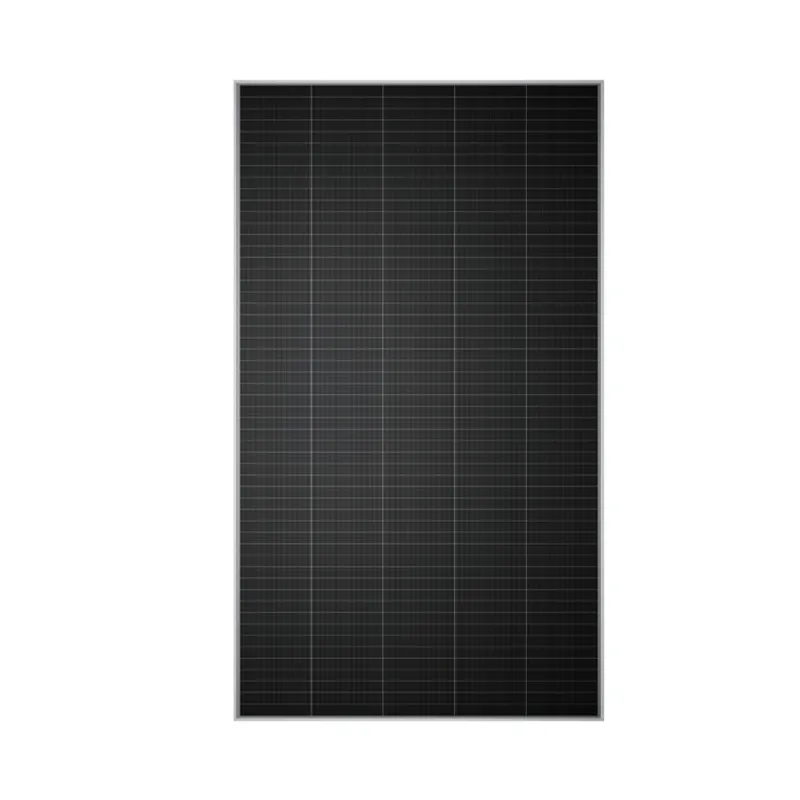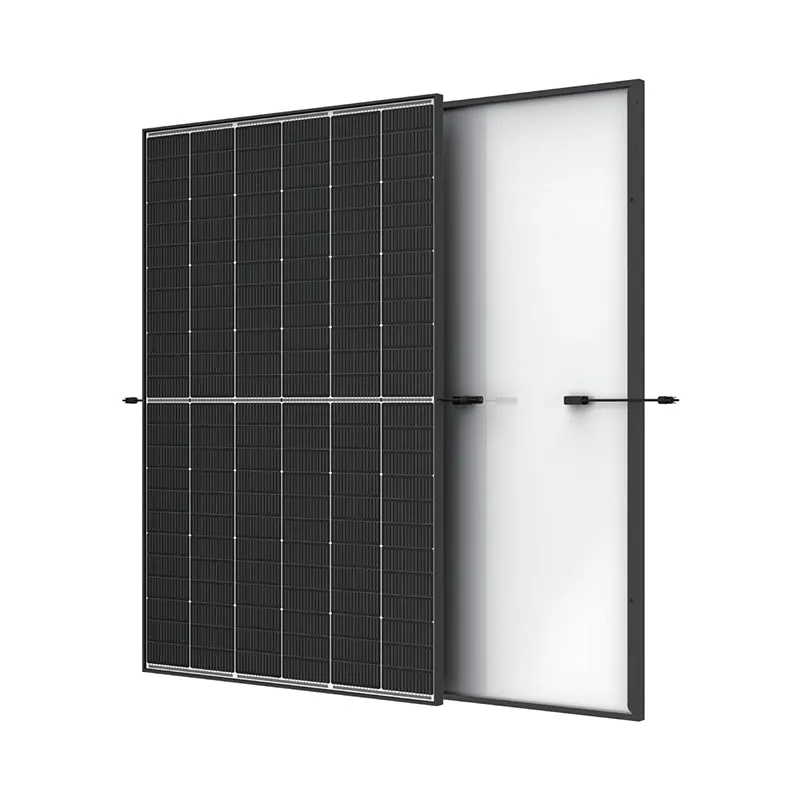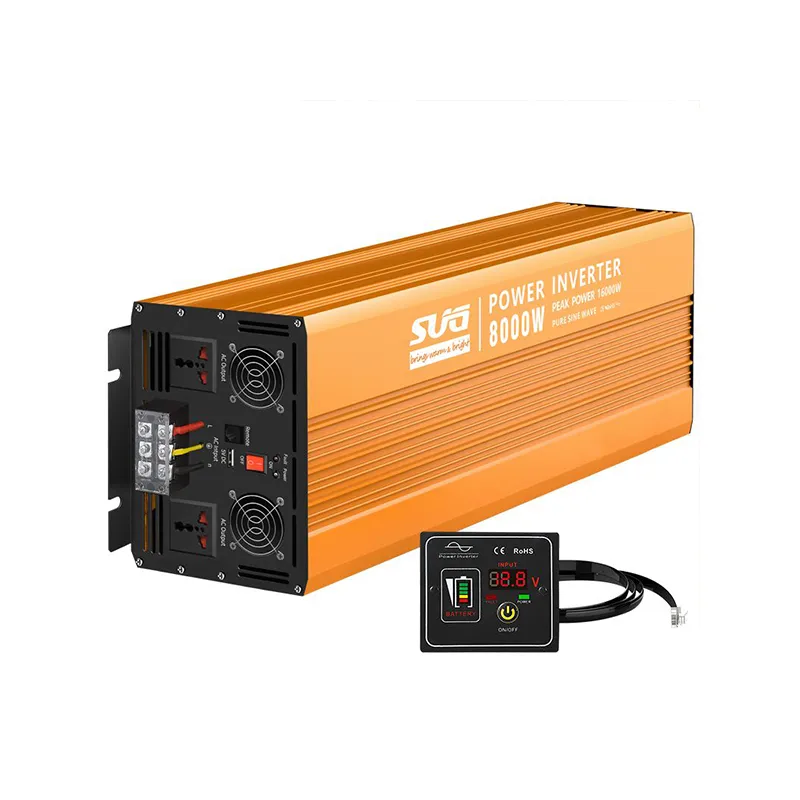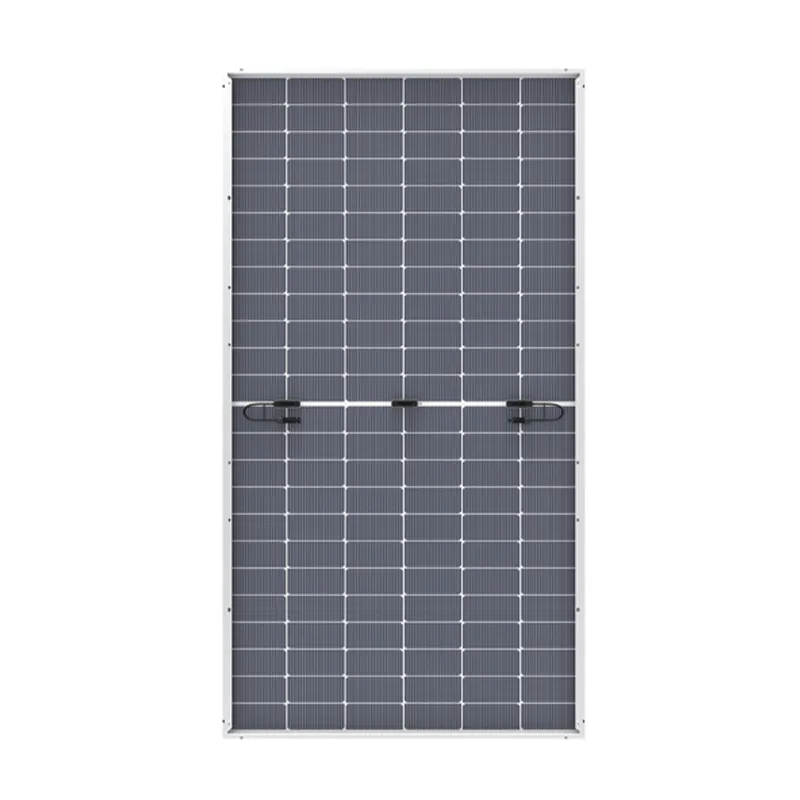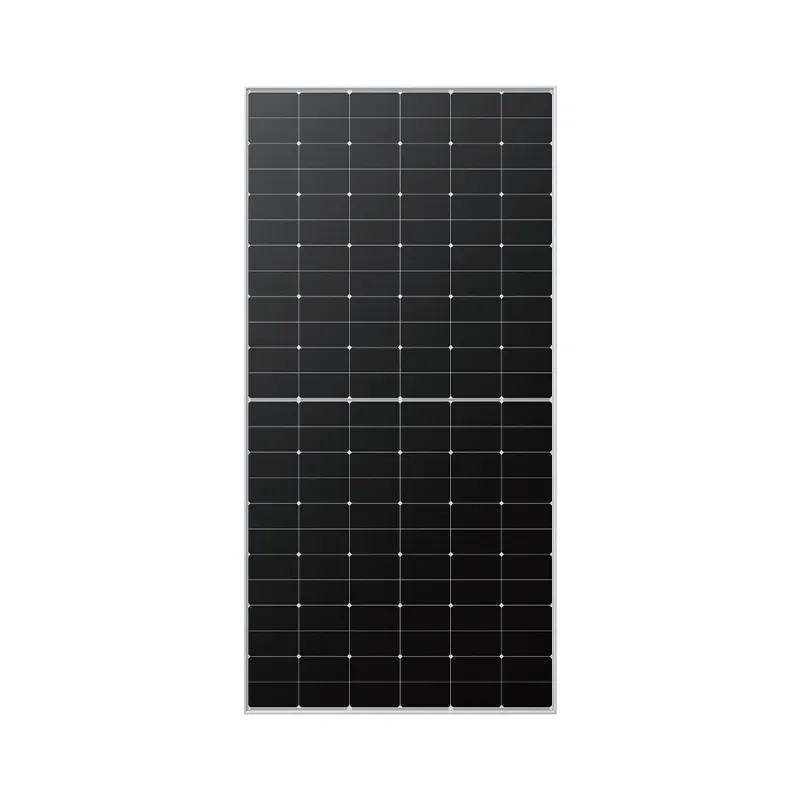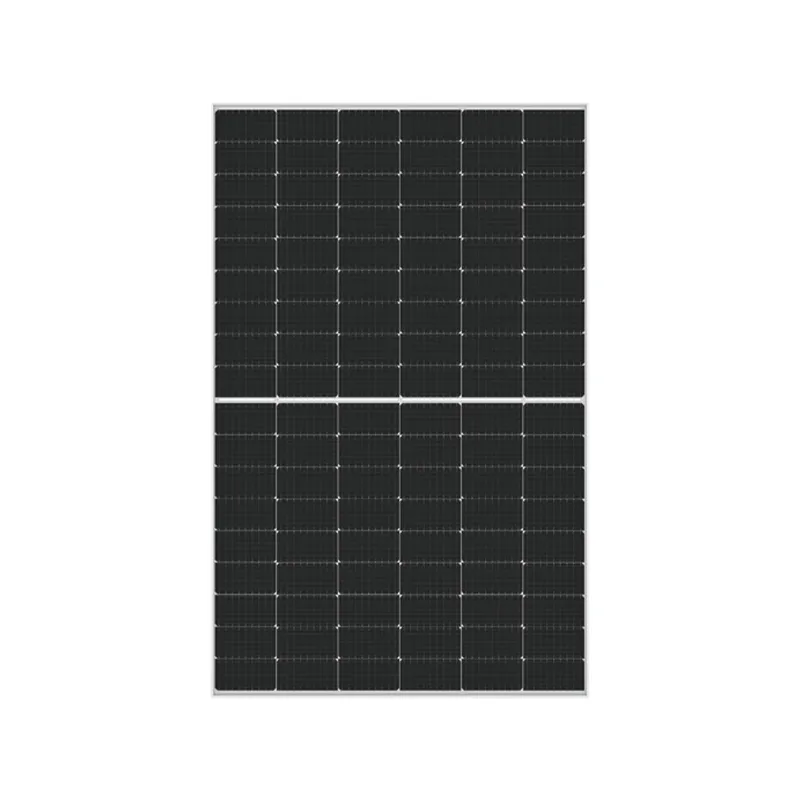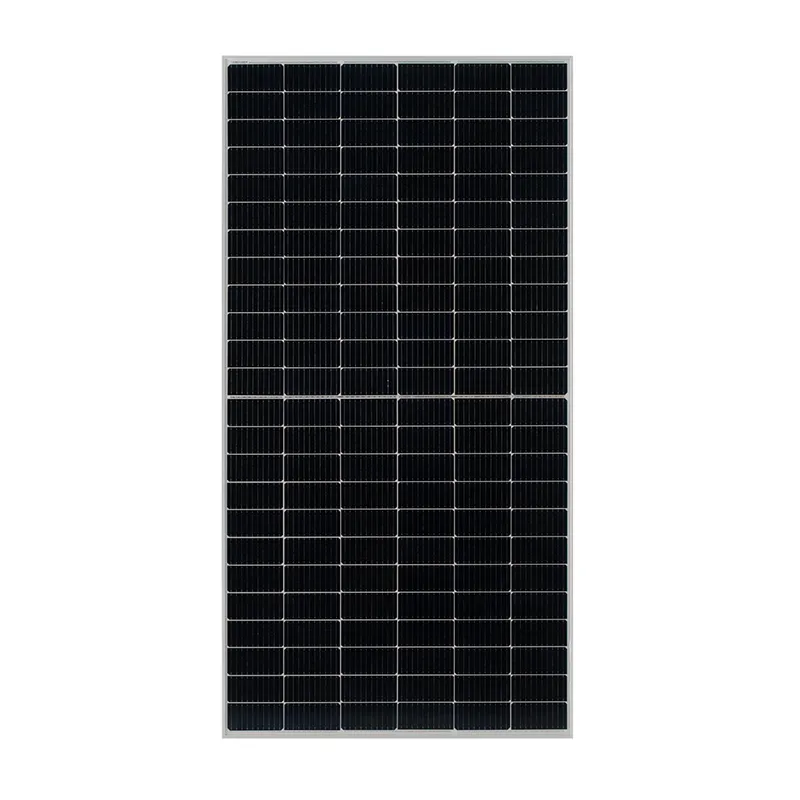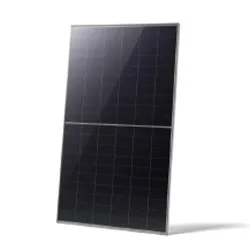Roof Solar Panel Size Guide – Accurate Calculator for Home & Commercial Use
- Introduction to Roof Solar Panel Size Fundamentals
- Key Data and Technical Advantages of Solar Panel Roof Sizing
- Comparison Table: Leading Solar Panel Manufacturers
- Tailoring Roof Solar Panel Size to Unique Building Needs
- Using a Solar Panel Roof Size Calculator Effectively
- Real-World Installation and Application Cases
- Conclusion: Maximizing Efficiency with Optimal Roof Solar Panel Size
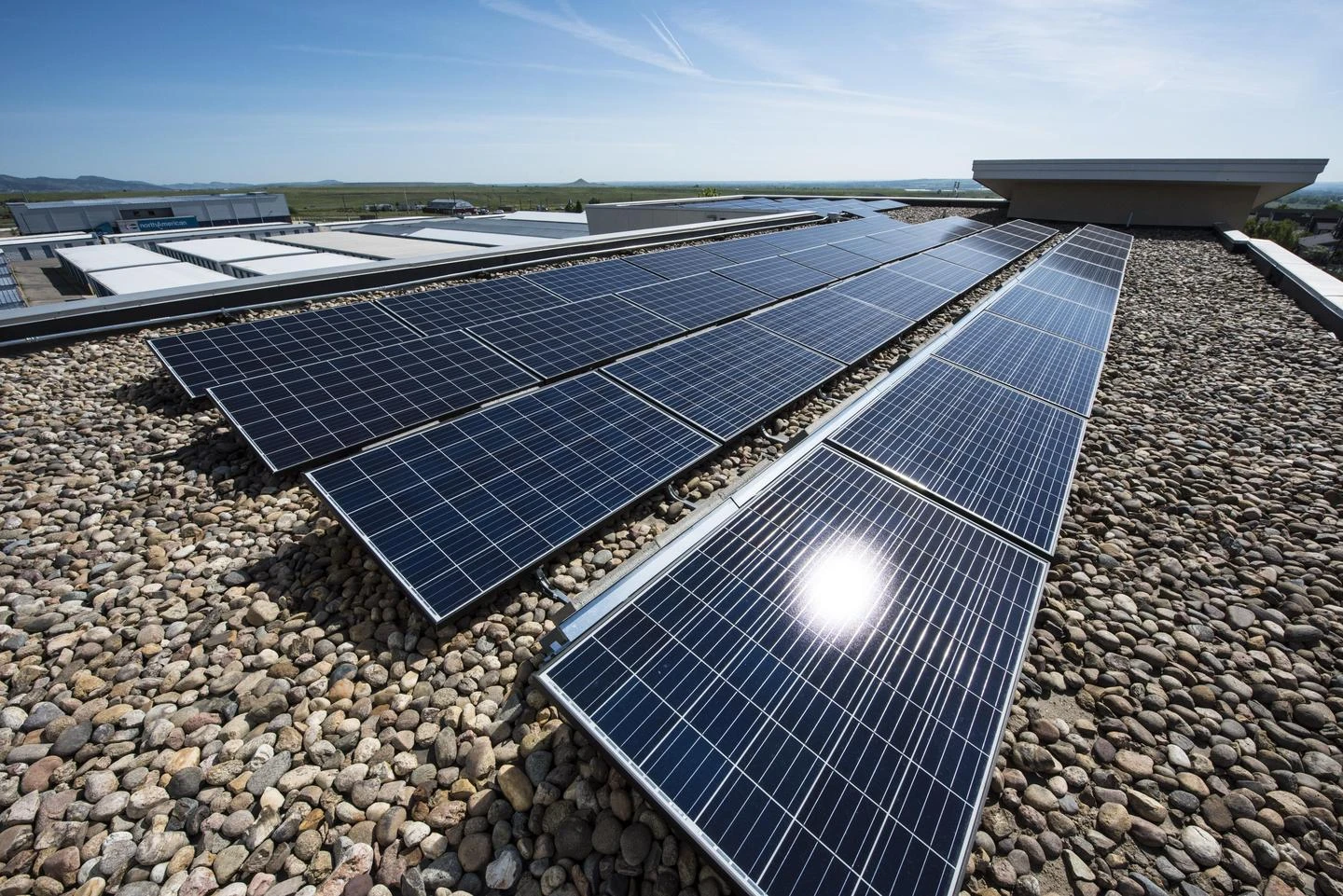
(roof solar panel size)
Introduction to Roof Solar Panel Size Fundamentals
Understanding the correct roof solar panel size
is the crucial first step for homeowners and businesses considering a solar installation. The size of solar panels on the roof directly influences energy output and overall return on investment. According to the National Renewable Energy Laboratory (NREL), the average U.S. home requires approximately 5 to 7 kW of solar capacity to meet daily energy demands, which translates to roughly 15–20 standard panels covering between 300 and 400 square feet of rooftop. This data is foundational when evaluating system options and calculating the ideal solar panel roof size that maximizes both efficiency and financial savings. Factors such as roof orientation, pitch, shading, local climate, and panel technology all contribute to the final design and layout.
Key Data and Technical Advantages of Solar Panel Roof Sizing
Sizing solar panels for a roof goes well beyond simply measuring square footage. A precise approach calculates the actual usable surface, accounts for possible obstructions such as chimneys or skylights, and factors in the conversion efficiency of different panel models. Top-tier residential panels now routinely boast efficiencies of between 19% and 23%, which allows more power to be produced using less surface area. For instance, a high-efficiency 400 Watt panel may need only 17.5 square feet, compared to nearly 22 square feet for a 325 Watt module. Properly aligning the size of solar panels on the roof with energy needs and budget ensures that installation yields maximum output and a shorter payback period. Technological advances such as half-cut cells, bifacial modules, and monocrystalline silicon bring further gains, particularly for roofs with limited space.
Comparison Table: Leading Solar Panel Manufacturers
The solar market features a range of hardware providers, each offering variations in panel size, efficiency, warranty, and power output. Making an informed selection means considering these attributes directly as they relate to the available roof area and energy goals. Below is a comparative table of popular residential solar panels in 2024:
| Manufacturer | Model | Panel Efficiency (%) | Power Output (W) | Panel Size (inches) | Warranty (Years) |
|---|---|---|---|---|---|
| SunPower | M-Series 420 | 22.8 | 420 | 71.5 x 41.5 | 25 |
| REC | Alpha Pure-R 410 | 21.9 | 410 | 67.8 x 41.3 | 25 |
| Q CELLS | Q.Peak DUO BLK ML-G10+ | 20.8 | 400 | 67.6 x 41.3 | 25 |
| LG | NeON R Prime | 21.7 | 405 | 67.8 x 41.0 | 25 |
| Canadian Solar | HiKu6 | 20.2 | 410 | 75.2 x 41.3 | 25 |
Manufacturers have refined their products for different roof solar panel size requirements, balancing larger capacities with more compact panel footprints to suit diverse residential and commercial rooftops.
Tailoring Roof Solar Panel Size to Unique Building Needs
No two roofs present the same challenge for solar installations. Customized sizing is critical, as roof shapes, support structures, and preferred aesthetics influence both the quantity and arrangement of solar modules. For instance, a sharply angled roof in the northern hemisphere benefits from a southern orientation, improving annual output by up to 25% compared to east-west placements. In densely populated urban settings, maximizing power from a small footprint becomes essential. Installers may recommend split arrays across multiple roof faces or microinverter setups to further fine-tune performance and maintain energy yield even if shading is inconsistent. Commercial buildings, meanwhile, often leverage larger-form panels, sometimes exceeding six feet in length, to minimize installation time and electrical losses across extensive flat rooftops. Using a tailored approach aligns project outcomes with site-specific limitations and owner expectations.
Using a Solar Panel Roof Size Calculator Effectively
One of the most valuable tools during project planning is the solar panel roof size calculator. These calculators incorporate key variables like roof area, average sunlight hours, panel efficiency, and local regulations to estimate viable system size and projected annual energy generation. To use them optimally, accurate measurements and input data are essential. Modern calculators may even suggest layout diagrams or generate 3D models to visualize coverage and flag installation challenges ahead of time. While no calculator can substitute for a professional site assessment, their output guides initial conversations and refines expectations regarding total installable wattage, payback periods, and the number of panels a specific roof can support. As the solar industry evolves, their predictive accuracy improves, providing a robust starting point for design and quotation.
Real-World Installation and Application Cases
Real-life case studies demonstrate the tangible impact of choosing the right size for your solar panel array. In a recent Massachusetts retrofit, a 2,000-square-foot house with 350 square feet of unshaded, south-facing roof space achieved a 94% offset in utility consumption with a 6.5 kW system comprising 16 high-efficiency panels. Commercial properties, such as a logistics hub in Arizona, installed nearly 450 panels atop a 25,000-square-foot flat roof, realizing over 40% annual savings on electricity costs. Another example is seen with historic building retrofits, where architects blend low-profile PV products into complex rooflines, preserving visual heritage while delivering substantial energy independence. These practical applications underscore the necessity of accurate solar panel roof size estimation, tailored system configuration, and attention to both structural and aesthetic project requirements.
Conclusion: Maximizing Efficiency with Optimal Roof Solar Panel Size
In summary, determining the appropriate roof solar panel size is essential not just for energy production but also for project cost-effectiveness and architectural integration. The combination of precise measurement, knowledge of available panel choices, and deployment of digital tools like a solar panel roof size calculator allows property owners to craft efficient, durable, and future-ready energy solutions. With leading manufacturers continuing to innovate, and installation best practices now widely established, the path to energy independence starts with an informed approach to the size of solar panels on your roof.
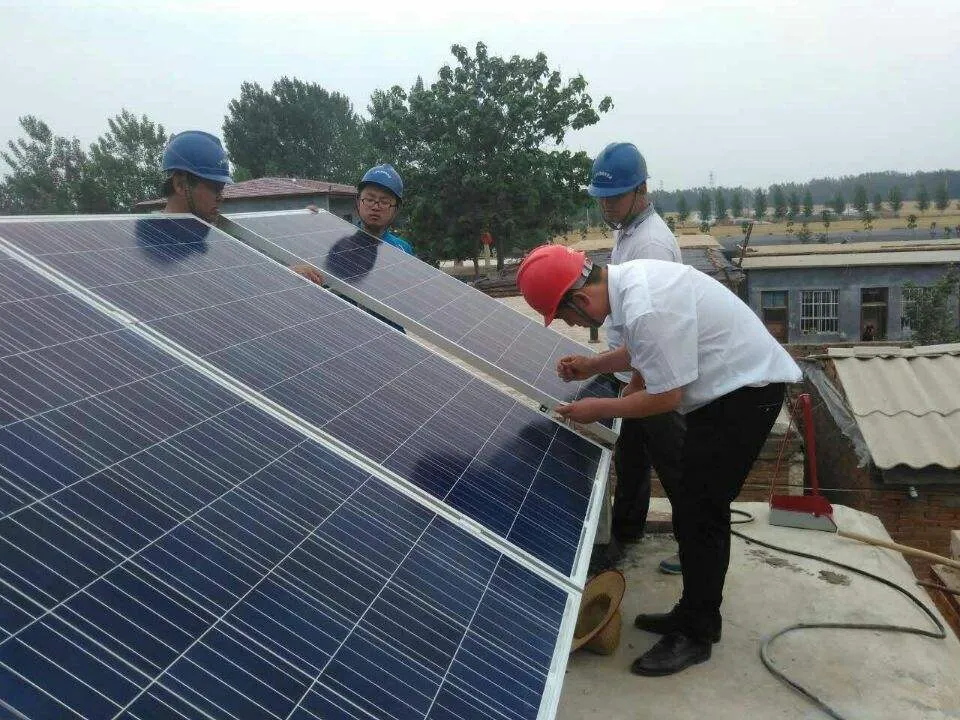
(roof solar panel size)
FAQS on roof solar panel size
Q: How do I calculate the roof solar panel size needed for my home?
A: You can use a solar panel roof size calculator to determine how many panels fit on your roof based on its dimensions and panel wattage. Enter your roof size, orientation, and shading. The calculator will estimate the optimal system size.
Q: What factors affect the size of solar panels on a roof?
A: Key factors include your roof’s usable area, panel efficiency, shade, and your energy needs. Higher efficiency panels need less space. Roof angle and direction also matter for maximum output.
Q: Is there a standard roof solar panel size?
A: Most residential solar panels are approximately 65 inches by 39 inches. However, sizes can vary by manufacturer and wattage. Always check the specific dimensions before planning installation.
Q: Can a solar panel roof size calculator help maximize my energy production?
A: Yes, a roof size calculator estimates your maximum possible system size for available roof space. It helps you choose the most effective layout and combination of panels for your desired output. This ensures optimal use of your roof area.
Q: How many solar panels can I fit on my roof?
A: The number depends on your roof size, panel size, and obstructions like vents or chimneys. Typically, a 1,000 square foot roof can accommodate about 25-30 standard panels. An accurate assessment requires measuring your usable roof area.
-
Unlocking Energy Freedom with the Off Grid Solar InverterNewsJun.06,2025
-
Unlock More Solar Power with a High-Efficiency Bifacial Solar PanelNewsJun.06,2025
-
Power Your Future with High-Efficiency Monocrystalline Solar PanelsNewsJun.06,2025
-
Next-Gen Solar Power Starts with Micro Solar InvertersNewsJun.06,2025
-
Harnessing Peak Efficiency with the On Grid Solar InverterNewsJun.06,2025
-
Discover Unmatched Efficiency with the Latest String Solar InverterNewsJun.06,2025
